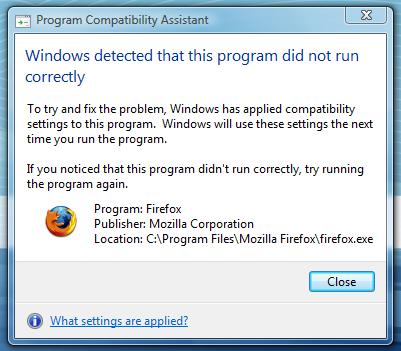Office 2007 Reaches a New Low – reports Joe Wilcox @eWeek. He means low prices: while Office Standard is still above $300, the Home and Student Edition can be purchased for as little as $89.99.
He then speculates on the reasons for this “Crazy Eddie” pricing, with percentage of likelihood:
- “It’s end of the back-to-school buying season, when Microsoft and retailers often discount consumer Office (50 percent).
- Microsoft is seeding the consumer market with the Home and Student Trojan horse for supporting Web services such as Office Live Workspace (25 percent).
- The low pricing is way of psychologically preparing the consumer market for $69.95 Office Equipt, which packs 12-month subscription versions of Office 2007 Home and Student Edition, Windows Live OneCare, Mail, Messenger and Photo Gallery. (20 percent).
- Microsoft is shoring up marketshare as proactive response to freebees like Google Docs. (5 percent).”
I strongly believe in the last one, which is way underrated at 5%. With freely available OpenOffice, Google Docs and the Zoho Suite, people have little reason left to purchasing Microsoft Office. I’ve said this before, while discussing the perfectly rightful clampdown on piracy:
The danger for Microsoft is not the direct financial impact of these users turning away from their product, since the never paid in the first place. It’s losing their grip; the behavioral, cultural change, the very fact that millions of people – students, freelancers, moonlighters, small business workers, unemployed – realize that they no longer need a Microsoft product to work with MS file formats. Microsoft shows these non-customer users the door, and they won’t come back – not even tomorrow when they are IT consultants, corporate managers, executives. That’s Microsoft’s real loss.
But this post is about commoditization, and there’s more to it than putting price-pressure on Microsoft. Yes, SaaS disrupts the traditional software market, but there’s another equally important trend happening: some of the early pioneers who evangelized SaaS but retained a 1.0 business model are being squeezed by more nimble competitors.
Days after my post on SaaS and the Shifting Software Business Model I received an email from Salesforce.com, announcing new, promotional pricing for Salesforce Group Edition. The promo was supposed to end July 31st, but I suspected this would become a permanent price cut. Why? Group Edition is where Salesforce.com feels intense price pressure – see the comparative matrix here. Today I checked again, and what a surprise (not really) – the promo deadline is now gone, Salesforce.com silently turned the promotion into a permanent price-cut.
No wonder there wasn’t much fanfare: price cuts are a red flag for the Street. Commoditization can be a death-spiral to businesses – except for the few that drive it. But it is beneficial to customers, and in the end, that’s what matters.
(Disclaimer: I am an advisor to Zoho, the company with a mission of Deflating IT).

 OK, so I bit the bullet: after
OK, so I bit the bullet: after  the two other USB ports on the side of the display).
the two other USB ports on the side of the display). I will spare you the details of my two-day struggle with Vista, the fight with the idiotic permission-scheme, (can’t delete my own stuff), the incompatibilities, the fact that there’s less and less information to be found, other than from users – hey, even the User Manuals link points to nowhere… enough said already. After two days, I can use the system (the screen is beautiful) but I’m far from done.
I will spare you the details of my two-day struggle with Vista, the fight with the idiotic permission-scheme, (can’t delete my own stuff), the incompatibilities, the fact that there’s less and less information to be found, other than from users – hey, even the User Manuals link points to nowhere… enough said already. After two days, I can use the system (the screen is beautiful) but I’m far from done.

Recent Comments